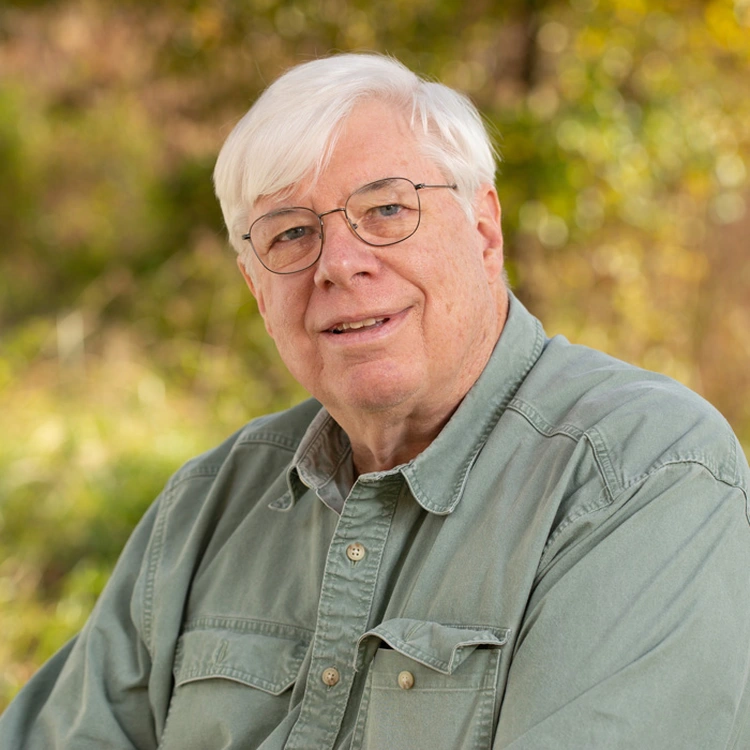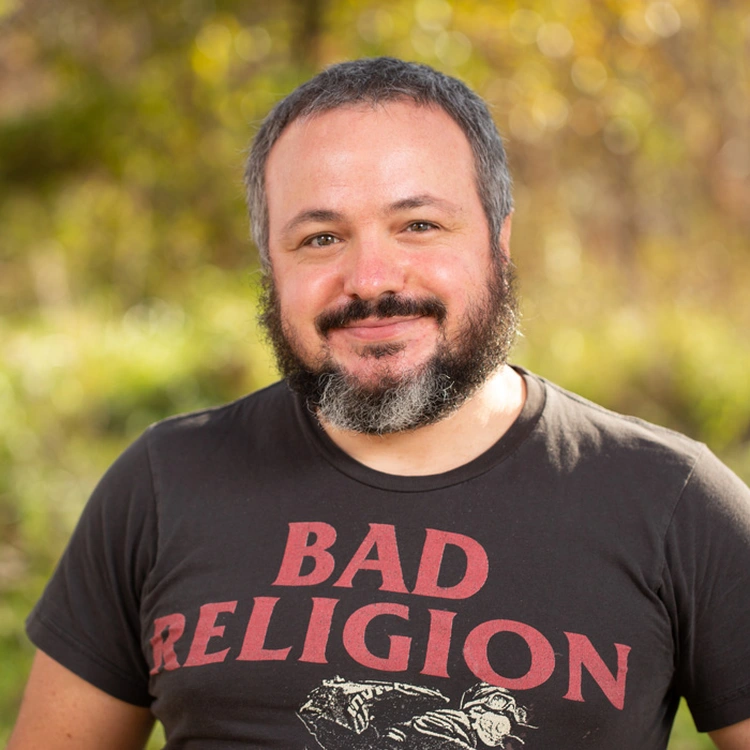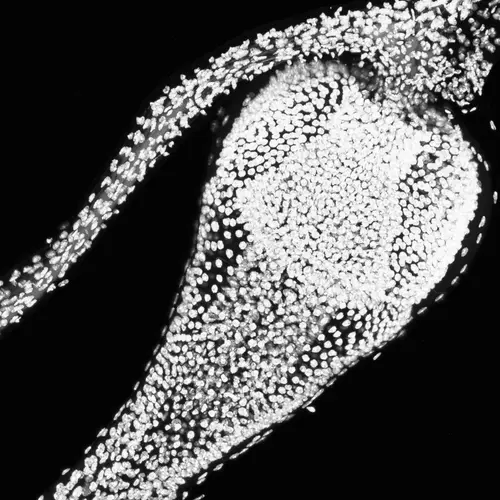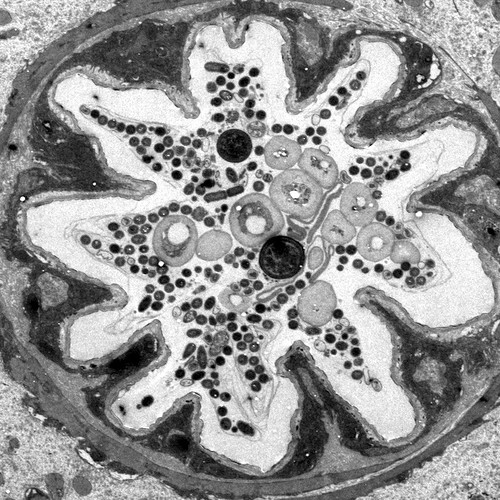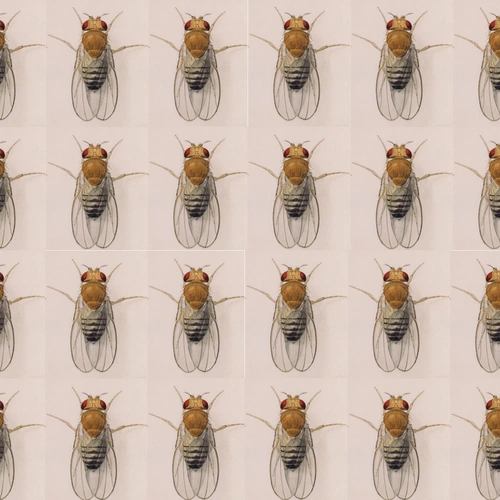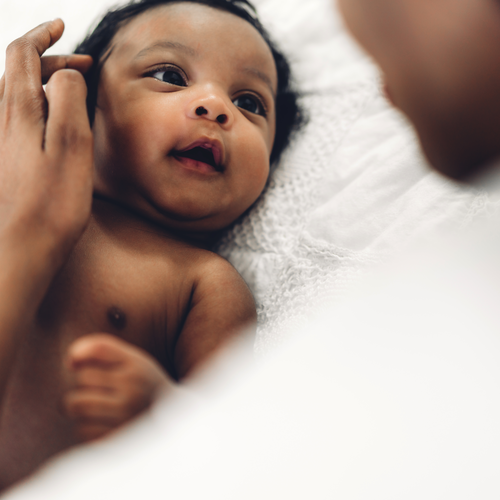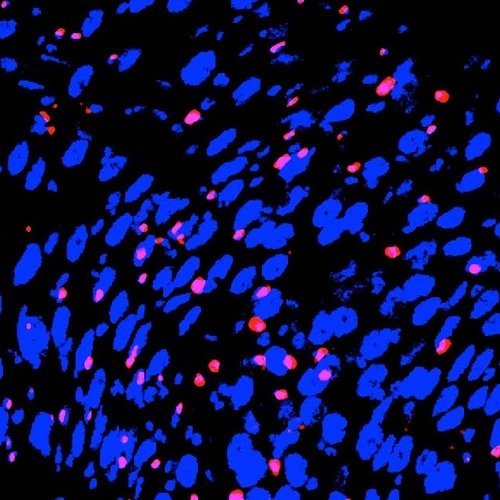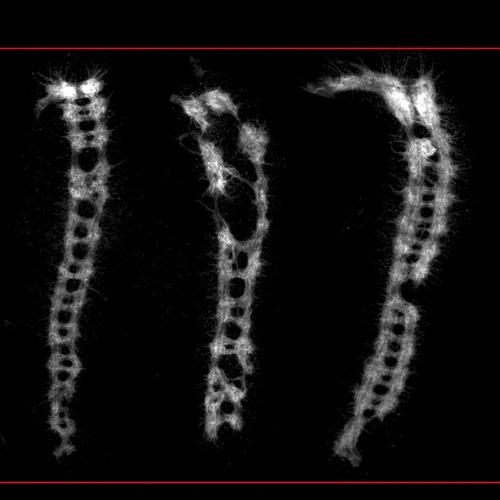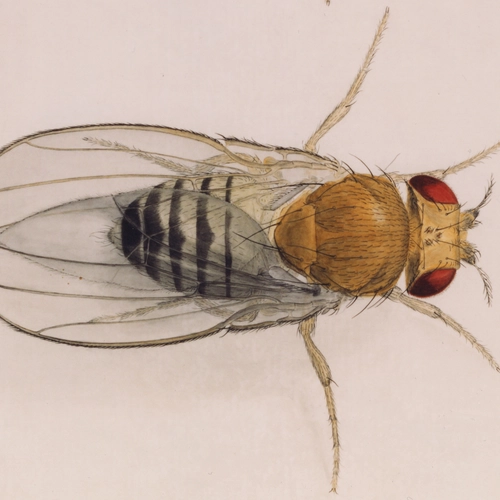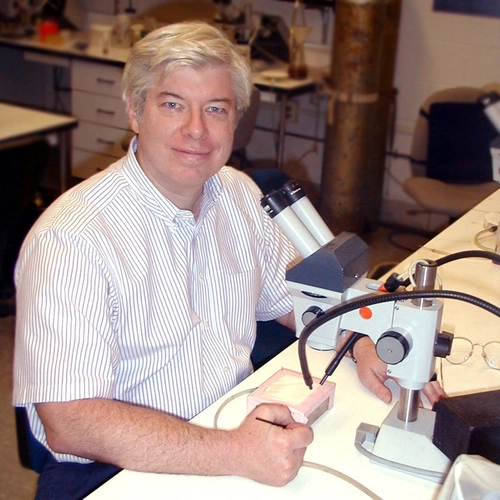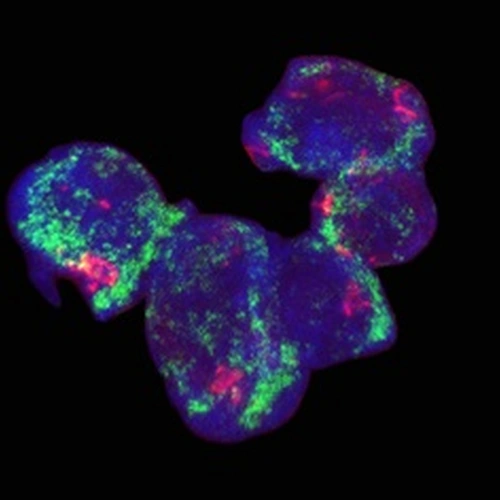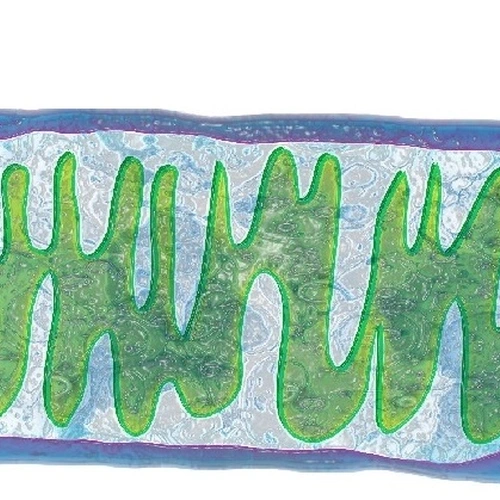Working in Drosophila and mice, Spradling and his team focus on multiple aspects of oogenesis, including germline cyst formation, oocyte, and nurse cell specification, the germline chromatin cycle, oocyte storage in vivo, and environmental and nutritional influences. Their work has been informed by areas of evolutionary conservation between Drosophila and mammalian oogenesis. In addition, the team is interested in developing better tools and resources for these studies to share with the scientific community.
Research
Oogenesis is the start of every animal's life. This basic, conserved program is essential for metazoan development and also provides unparalleled opportunities to understand stem cells, the cell cycle, metabolism, chromatin structure, gene regulation, protein synthesis, transposon control, patterning, intercellular signaling and morphogenesis.
By studying both Drosophila and mouse oogenesis, we have advanced our knowledge of the largely conserved genes and processes that are used to build and ovulate functional oocytes. These include early germ cell development within interconnected cysts that supports transfer of nurse cell cytoplasm and organelles into oocytes, to form the Balbiani body. Oocyte growth and ovulation in both systems are controlled by steroid hormones, insulin, neuropeptides and prostaglandins. Metabolism is re-programmed to elicit nutrient storage, and to prepare the oocyte for a period of quiescence. Ovulation is carried out by local proteolysis and leads to formation of a corpus luteum. During all these steps, somatic ovarian cells play leading roles that have been greatly illuminated by genomic methods, revealing more evolutionary conservation.
Recent studies of stored oocytes provide insight into the importance of maintaining protein production to prevent meiotic instability and compromised developmental capacity. The basic knowledge revealed by these studies has potential applications for ameliorating infertility, improving in vitro fertilization, and preventing and/or treating birth defects, including autism spectrum disorders.
